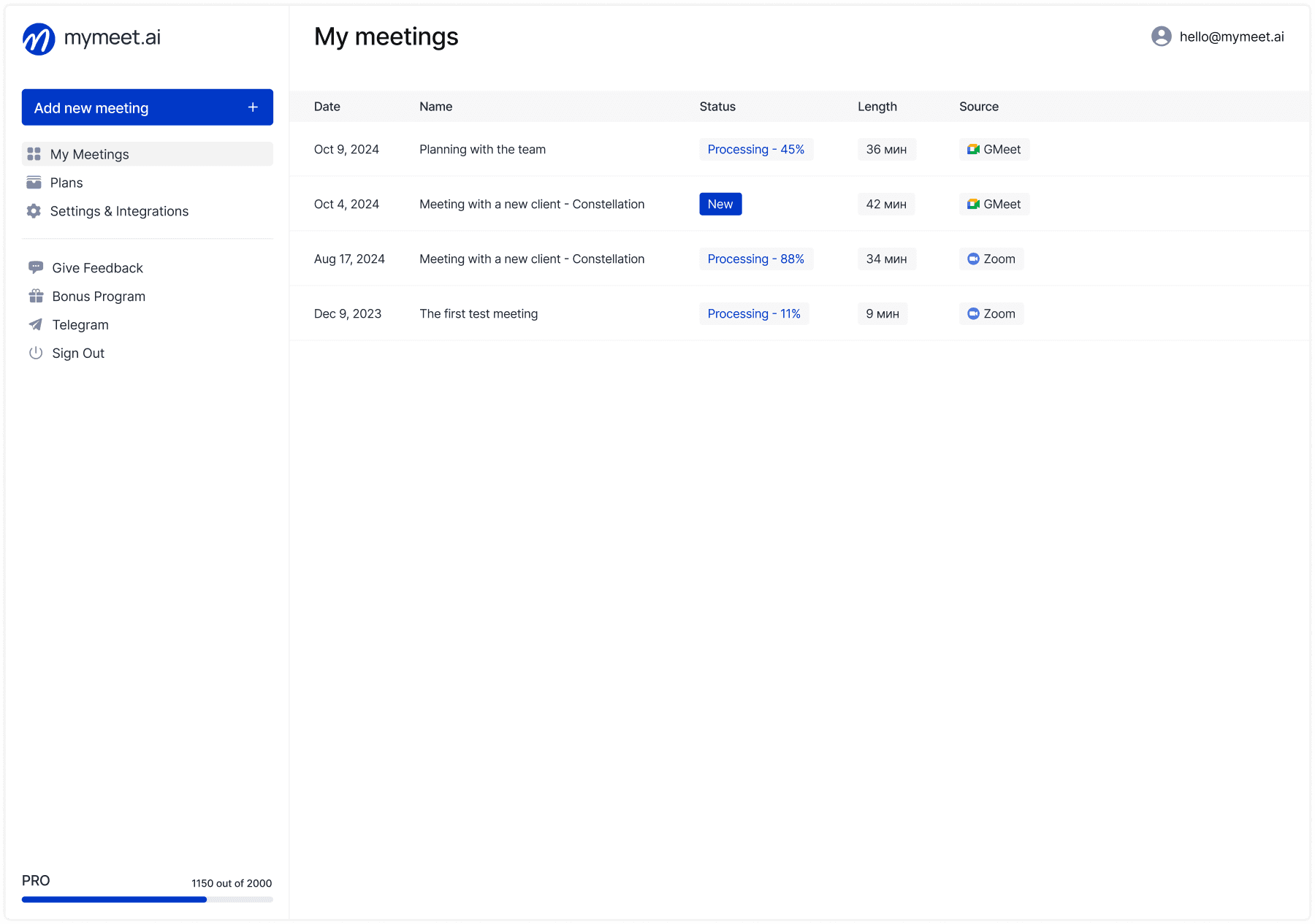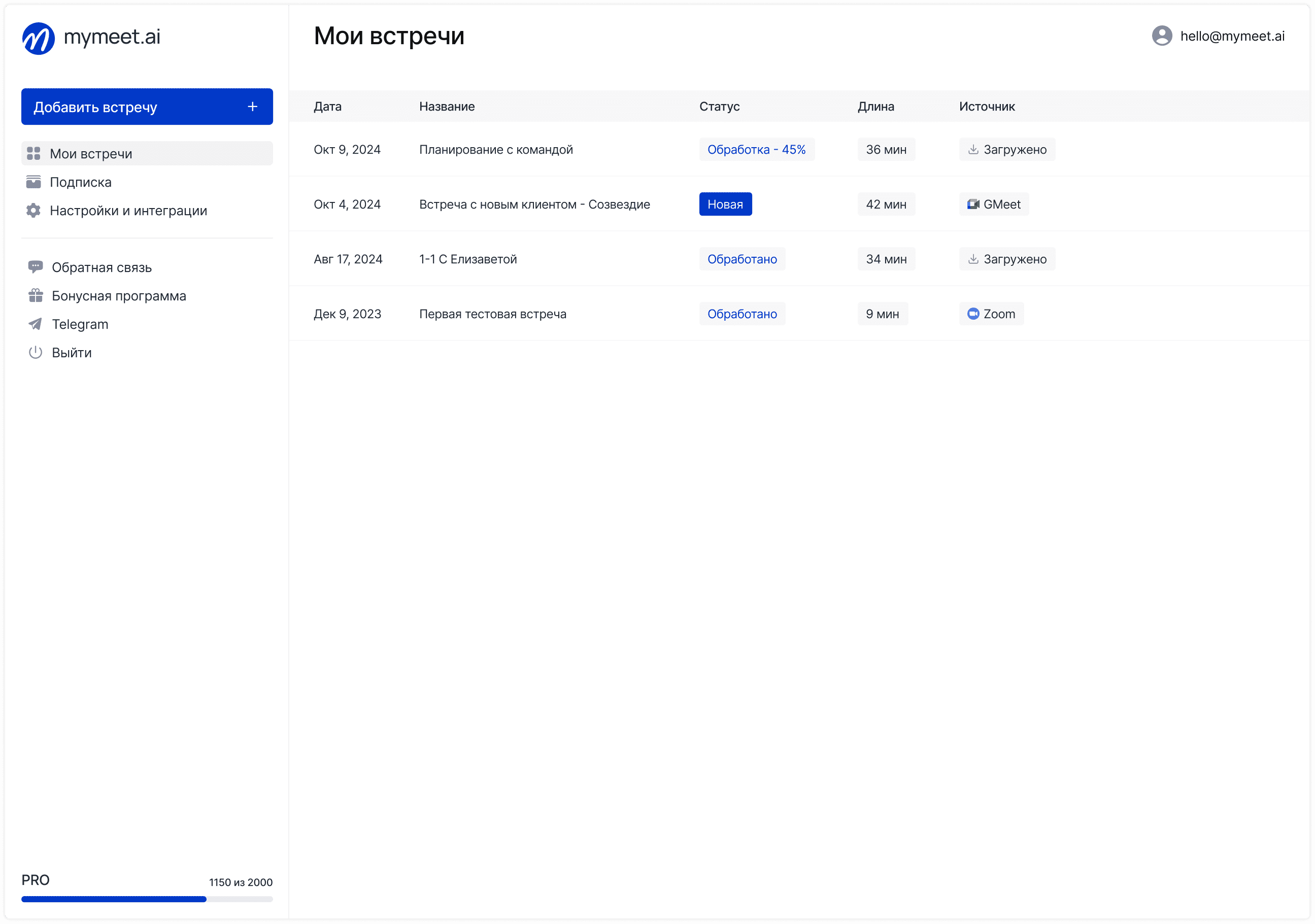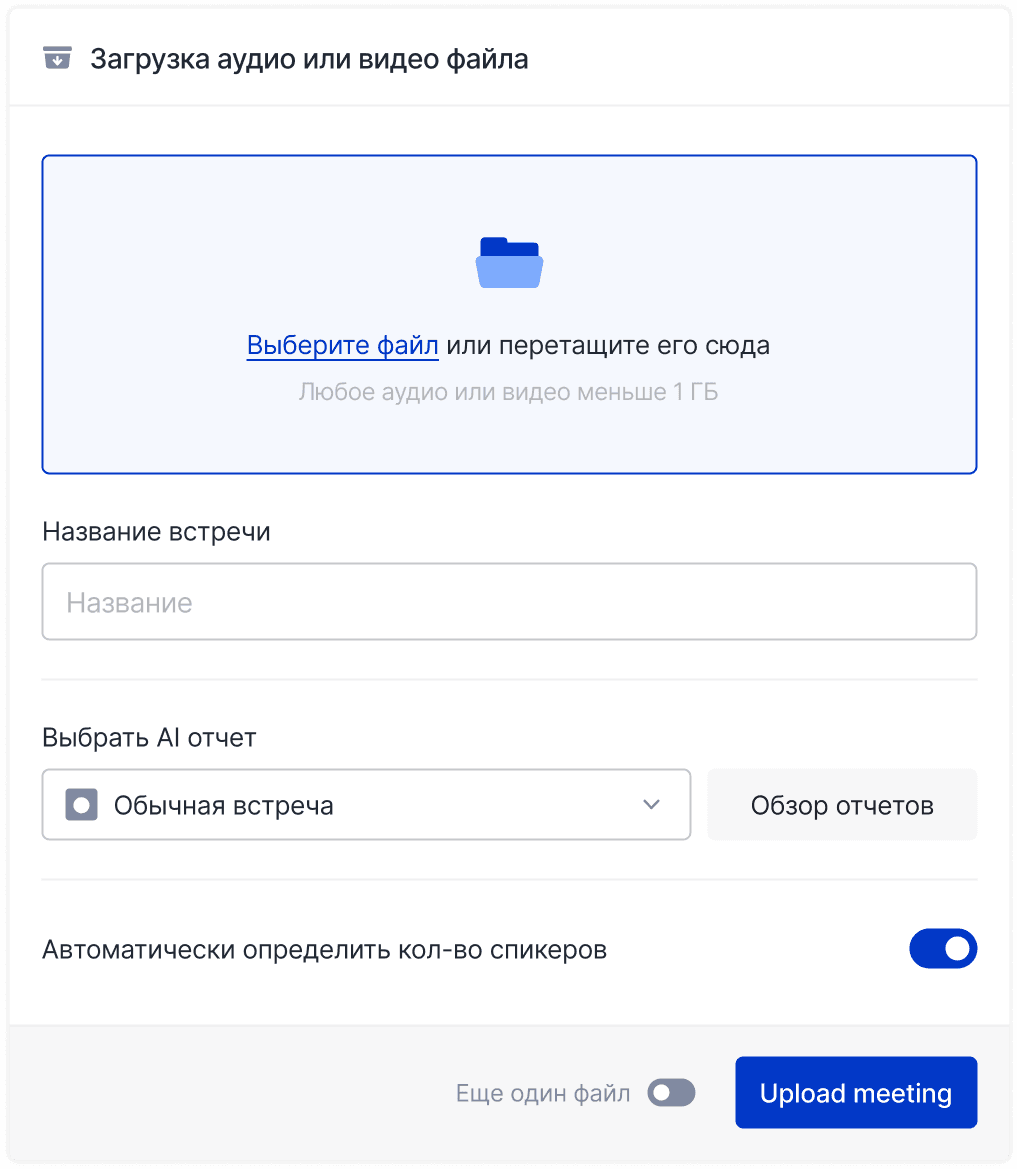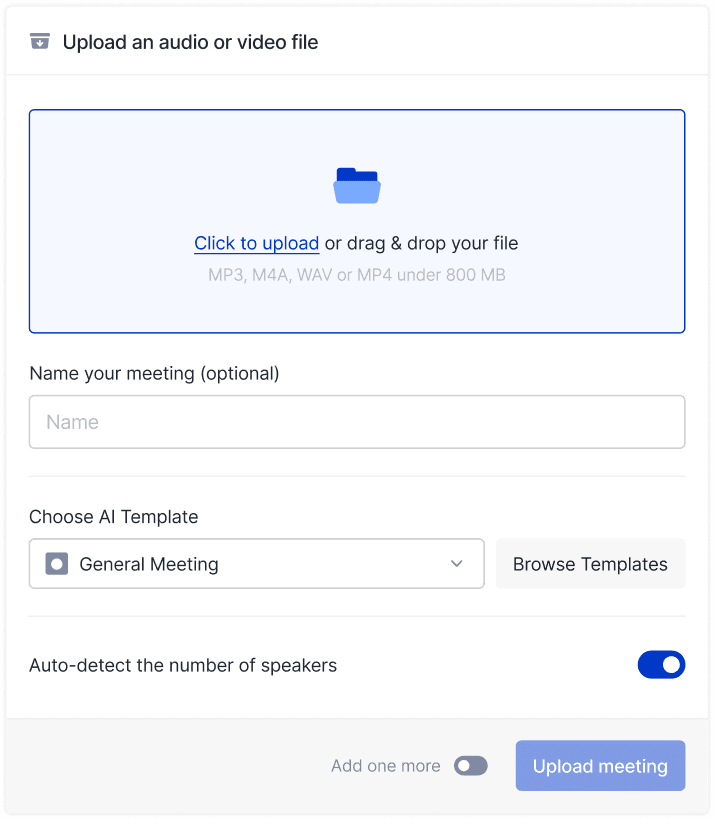Sales Mastery

Radzivon Alkhovik
Jul 9, 2025
A manufacturing company director spent $35,000 on an ERP system that sat in "testing mode" for a year and was never launched. The team sabotaged innovations, the IT department complained about integration complexity, and management didn't understand how to measure effectiveness. A year later, the company launched a new project using phased implementation methodology—the result exceeded all expectations: the system worked at full capacity, team resistance turned into enthusiasm.
Failed business solution implementation becomes a costly problem for companies worldwide. Many automation projects either miss deadlines or fail to achieve planned results. The key reason is lack of structured change management approach. Successful leaders use proven methodologies that transform new technology implementation into predictable and controlled processes.
How to Implement Business Solutions in a Company
Business solution implementation represents a comprehensive process of integrating new technologies, processes, or methodologies into existing company operational models. Successful implementation requires coordination between technical aspects, human resources, and organizational strategic goals.
Principles of Successful IT Solution Implementation
Systematic approach forms the foundation of any successful implementation project. Companies must view new solutions not as isolated tools but as elements of unified business process ecosystems.
Main principles of effective implementation:
Planning each stage considering risks and alternative scenarios
Team involvement from earliest project stages
Setting specific and measurable goals before implementation begins
Iterative approach with course correction capabilities
Regular user feedback collection
Planning includes detailed development of each stage considering company specifics. Team involvement begins at the solution selection stage—employees who will work with new systems should participate in decision-making.
Implementation Mistakes to Avoid
Lack of clear planning leads to chaotic processes where decisions are made reactively under circumstantial pressure. Companies often underestimate integration complexity with existing systems.
Ignoring human factors becomes the cause of employee sabotage. People resist changes, especially when they don't understand their necessity or fear for their jobs.
Inflated expectations from new technologies often lead to disappointment. Leaders expect instant efficiency improvements, forgetting about team adaptation periods to new tools.
Implementation Preparation: Needs Analysis
Quality preparation determines entire implementation project success. Companies that thoroughly analyze their needs and capabilities achieve better results with lower time and resource costs.
Company Business Process Audit

Comprehensive current process audit reveals real problems that new solutions should solve. Teams must document how much time is spent on each process, where delays occur, and which resources are used inefficiently.
Pain point analysis helps prioritize when choosing new solution functionality. Not all problems are equally critical for business—important to focus on those having the greatest impact on company results.
Key employee interviews reveal hidden work aspects not visible in official regulations. Experienced specialists know workarounds, informal procedures, and potential change obstacles.
Business IT Solution Selection

Selection criteria determination begins with clear understanding of implementation goals. Solutions should not only solve current problems but support strategic company development plans.
Market analysis includes functionality comparison, ownership costs, and various supplier reputations. Companies must pay special attention to solution compliance with local legislation and availability of local technical support.
Pilot testing allows solution evaluation in real company working conditions. Many suppliers offer demonstration versions or trial periods that help make informed decisions.
Implementation Budget Planning

Total cost of ownership calculation includes not only software licenses but also integration costs, personnel training, technical support, and possible customizations.
Main implementation expense categories:
Software licenses and subscriptions
Implementation and system configuration services
Integration with existing IT systems
Personnel training and documentation creation
Technical support and maintenance
Reserve for unforeseen expenses
Planning reserve for unforeseen expenses protects projects from budget overruns. Phased financing reduces risks and allows cost adjustments during project realization.
Business Solution Implementation Plan
Detailed implementation process planning creates the foundation for successful project realization. Clear stage structure, responsibilities, and control points help teams focus on achieving specific results.
Implementation Project Team
Project manager appointment determines entire initiative success. Ideal candidates should combine technical knowledge with people management skills and understanding of company business processes.
Role | Responsibility | Requirements |
Project Manager | Overall management, coordination, decision-making | Project management experience, team authority |
Technical Lead | IT architecture, integrations, security | Deep technical knowledge, implementation experience |
Business Analyst | Functionality requirements, processes | Business understanding, analysis skills |
Department Representatives | Feedback, testing, colleague training | Subject area expertise |
HR Specialist | Change management, personnel training | People skills, implementation experience |
Project team formation includes representatives from all key departments that will work with new solutions. Role and responsibility distribution prevents work duplication and ensures coverage of all critical tasks.
Implementation Stages and Time Frames
Breaking projects into clear stages with specific results allows progress control and adjustments when necessary:
Preparation Stage: Requirements analysis, solution selection, project planning Technical Preparation: Infrastructure setup, existing system integrations Pilot Implementation: Testing with limited user groups Personnel Training: Team preparation for new system work Full Launch: Entire organization transition to new solution Stabilization: Refinements, optimization, and problem elimination
Setting control points with clear success criteria helps teams stay on track. Each control point should include technical result verification, timeline compliance, and budget adherence.
Implementation Communication Strategy
Informing all stakeholders about goals, processes, and expected implementation results creates positive change attitudes. Employees should understand how new solutions will affect their daily work.
Expectation management prevents disappointment from temporary difficulties during adaptation periods. Honest communication about possible problems and solution methods inspires more trust.
Creating feedback channels allows project teams to promptly respond to user problems and suggestions. Regular surveys and open discussions help identify problems at early stages.
Technical Business System Implementation
Technical project realization requires careful coordination between various IT systems and ensuring stable operation of the entire company's technological infrastructure.
IT Infrastructure Configuration

New solution technical requirements analysis includes server performance evaluation, network bandwidth, and data storage requirements. Insufficient infrastructure preparation leads to performance problems.
Integration planning with existing systems determines the entire solution architecture. Modern companies use multiple disparate systems that must exchange data to ensure effective business processes.
Data security ensures access rights system configuration, encryption, and backup. Companies must comply with data protection requirements.
Solution Pilot Launch

Pilot group selection affects entire project success. Ideal pilot participants combine openness to changes with deep business process understanding.
Limited functionality testing allows focus on critically important processes without risk of disrupting entire organization work. Gradual function expansion gives teams time for adaptation.
Collecting detailed feedback from pilot users creates the foundation for solution optimization. Participants should document not only technical problems but the new system's impact on work efficiency.
Data Migration to New System

Data migration planning begins with existing information system audits. Companies must determine which data is critically important for transfer, which can be archived.
Data cleaning and standardization before migration improves information quality in new systems. Duplicate records and outdated data create work problems and reduce user trust in new solutions.
Testing the migration process on data copies allows problem identification before actual information transfer. Multiple tests help evaluate time necessary for complete migration.
Personnel Training for New Business Solutions
Team preparation for working with new tools determines the speed of achieving planned implementation results. Quality training investments pay off through faster adaptation and reduced error quantities.
Employee Training Program
Training material development should consider different information perception styles. Combining video lessons, text instructions, interactive simulators, and practical sessions ensures effective material absorption.
Training program personalization for specific employee roles and tasks increases material relevance. Sales managers need certain system work skills, while accountants need completely different ones.
Creating internal expert systems ensures long-term user support. Experienced employees who have undergone in-depth training can help colleagues and transfer knowledge to new team members.
Team Support During Implementation
Organizing hotlines for resolving arising questions reduces user frustration during adaptation periods. Quick question responses prevent negative experience accumulation.
Creating knowledge bases with frequently asked question answers allows users to independently find typical problem solutions. Regular knowledge base updates increase practical value.
Regular feedback sessions help identify systematic problems in new solution work. Group discussions allow users to share experiences.
Company Change Management
Working with change resistance requires understanding employee motives and fears. People may fear job loss, status reduction, or inability to master new technologies.
Creating positive usage examples through early user success stories motivates remaining teams. Public recognition of employee achievements creates positive change attitudes.
Gradual involvement increase allows people to adapt to changes at comfortable paces. Forcing quick transitions often causes opposite reactions.
mymeet.ai: Meeting Automation Solution Implementation

The mymeet.ai platform represents an excellent example of modern business solutions that can be quickly and effectively implemented in any company. Successful implementation experience shows advantages of proper planning and realization approaches.

mymeet.ai Advantages for Leaders
Leaders receive powerful tools for increasing management process efficiency:
✅ Protocol creation automation — system independently creates structured meeting reports

✅ Documentation time savings — leaders are freed from routine protocol creation work
✅ Decision quality improvement — structured reports with key insights and tasks increase result focus
✅ Task execution control — automatic task and responsibility highlighting simplifies project monitoring

✅ Data protection compliance — complete secure processing according to international standards
✅ Quick implementation — platform ready for work in several days without complex integrations
✅ Multi-language support — technical support with understanding of business processes
✅ 180 minutes free testing — opportunity to evaluate all functions without financial obligations
Information processing speed impresses—hour-long meetings become structured reports in 5 minutes. Leaders receive ready information for decision-making immediately after meeting completion.
mymeet.ai Company Implementation Plan
mymeet.ai implementation follows proven phased launch methodology:
Stage 1. Preparation Determining pilot group from active users who conduct many meetings. Creating a list of meeting types for testing various AI reports. Informing team about pilot project goals.
Stage 2. Pilot Testing Registering accounts for pilot participants using free testing. Conducting various meeting types to evaluate transcription and report quality. Collecting feedback about usage convenience.
Stage 3. Team Training Conducting demonstration sessions for all potential users. Creating internal platform usage instructions. Appointing internal experts for colleague support.
Stage 4. Mass Implementation Connecting all leaders and key employees to the platform. Setting up integrations with corporate calendars and video conferences. Beginning use for all official meetings.
Stage 5. Optimization Analyzing usage efficiency and adjusting processes. Training in advanced AI chat functions and specialized reports. Expanding usage to other company departments.
Train employees to work with the AI assistant. Submit an application via the form for a corporate webinar.

ROI from mymeet.ai Implementation
Economic effect from mymeet.ai implementation manifests in several directions. Direct leader time savings amounts to several hours weekly per active user through meeting protocol creation automation.
Planning and project control quality improvement leads to initiative realization acceleration. Clear decision and task documentation reduces repeated discussions of the same issues.
Management process transparency improvement enhances corporate culture. Employees see their opinions are documented and considered in decision-making, increasing company work involvement.
Business Solution Implementation Result Evaluation
Systematic measurement of implemented solution effectiveness allows companies to evaluate project success and identify areas for further improvement.
Successful Implementation KPIs
Quantitative efficiency indicators should reflect achievement of original project goals:
Successful implementation operational metrics:
Employee time savings on routine task execution
Business process error quantity reduction
Information processing and decision-making acceleration
Reporting and analytics quality improvement
Inter-department cooperation enhancement
Employee work satisfaction growth
Employee time savings are measured by comparing costs before and after automation implementation. Released time can be directed to strategic tasks or new business direction development.
Qualitative changes are often more important than quantitative indicators. Employee work satisfaction increase, team atmosphere improvement, and motivation growth create long-term competitive advantages.
System Monitoring and Optimization
Regular system operation key indicator tracking allows early-stage problem identification. Performance reduction, error quantity increase, or user activity decline may signal need for corrections.
User feedback analysis reveals system improvement possibilities. Functionality refinement suggestions, interface simplification, or new capability additions help develop solutions.
Setting and process optimization based on accumulated experience increases system usage efficiency. Many problems are solved through business process changes or additional user training.
Company Solution Scaling
Successful implementation in one department creates the foundation for spreading solutions to other company departments. Pilot group experience helps avoid typical mistakes and accelerate implementation processes in new areas.
Solution adaptation for various department specifics may require additional settings or training. Implementation approach flexibility ensures maximum investment returns.
Creating solution usage competency centers centralizes expertise and ensures quality support for all users. Experienced specialists can develop best practices and conduct training.
Business Solution Implementation Risks
Anticipating and preparing for possible problems significantly increases chances of successful project completion.
Main Implementation Risks and Solutions
Technical risks include performance, compatibility, and system integration problems. Underestimating technical realization complexity leads to delays and budget overruns. Careful technical architecture planning helps avoid critical problems.
Organizational risks relate to personnel resistance, resource shortages, or company priority changes. Losing management support can lead to project freezing.
Financial risks arise from unforeseen expenses or economic situation changes. Creating reserves for unforeseen expenses and phased financing reduce project financial risks.
Crisis Implementation Plan
Developing response scenarios for various crisis types allows teams to quickly make decisions in stressful situations. Plans should include criteria for making project adjustment decisions.
Creating emergency communication channels ensures quick information delivery to all project participants about critical problems. Clear role distribution in crisis situations prevents chaos.
Alternative realization options allow quick approach changes when encountering insurmountable obstacles. Planning flexibility and readiness for changes increase project resistance to external influences.
Best Practices for Business Solution Implementation
Proven methods and recommendations based on successful project experience help avoid typical mistakes and accelerate implementation processes.
Successful Implementation Cases
Companies worldwide have accumulated significant experience implementing various business solutions. Local market features include the necessity of complying with specific legislative requirements and adapting to corporate culture features.
Solution localization for local requirements often becomes key success factors. Companies choosing suppliers with understanding of local specifics achieve better results.
Phased implementation approaches show better results compared to "big bang" attempts. Gradual functionality expansion allows teams to adapt and accumulate expertise.
Business Industry Implementation
Different industries have features that affect business solution implementation processes. Manufacturing companies focus on industrial equipment integration, trading companies on inventory management systems.
Financial organizations pay increased attention to security issues and regulatory requirement compliance. IT companies focus on flexibility and integration capabilities with various technological platforms.
Government organizations must comply with special procurement procedures and document flow requirements. Understanding industry specifics is critically important for successful implementation project planning.
Conclusion
Ability to properly implement business solutions separates successful companies from those standing still. In the digital transformation era, this skill becomes critically important for business survival and growth. Leaders who have mastered structured automation approaches see real results: their teams work more efficiently, processes become more transparent, and resources are freed for developing new directions.
Each failed implementation project is not only lost money but missed opportunities, demotivated teams, and company development postponed for years. Proper approach transforms implementation from painful necessity into competitive advantage tools.
Digital transformation can begin with simple solutions that give quick and understandable results. Meeting automation using mymeet.ai is an excellent starting point for leaders who want to practically master successful implementation principles. The platform offers 180 minutes of free testing, allowing leaders to personally go through the entire cycle from solution selection to result evaluation.
FAQ
How long does business solution implementation take in companies?
Business solution implementation timeframes depend on system complexity and company size. Simple cloud automation solutions can be launched in 2-4 weeks, complex corporate systems require 3 months to a year. Key factor—team readiness for changes.
How to minimize personnel resistance during implementation?
Personnel resistance is minimized through early employee involvement in solution selection processes, honest communication about automation goals, and quality training. Important to show teams personal benefits from innovations.
What budget to plan for IT solution implementation?
IT solution implementation budgets should include licenses, integration services, personnel training, and reserves for unforeseen expenses. For cloud solutions plan monthly subscriptions, for corporate systems—significant one-time investments.
How to choose appropriate business solutions for companies?
Business solution selection begins with current problem analysis and clear automation goal definition. Compare functionality, ownership costs, supplier reputation, and always test solutions on real company tasks.
What to do if implementation plans are disrupted?
When implementation plans are disrupted, important to quickly identify causes through project key indicator analysis, adjust timelines and resources, strengthen team communication. Critical problems may require implementation strategy reconsideration.
How to measure implemented solution effectiveness?
Implementation effectiveness is measured through KPIs: employee time savings, business process error reduction, decision-making acceleration, and team satisfaction growth. Compare indicators before and after automation.
Are external consultants needed for solution implementation?
External consultants are useful for complex implementation projects when companies lack change management expertise. They accelerate processes and help avoid typical mistakes, but important to ensure knowledge transfer to internal teams.
How to ensure security when implementing new systems?
Implementation security is ensured by choosing certified solutions, configuring correct access policies, data encryption, and complying with data protection requirements. Pay special attention to backup and system monitoring.
What solutions suit small businesses?
For small businesses, cloud solutions with simple implementation, intuitive interfaces, affordable costs, and scaling capabilities are optimal. Avoid complex corporate systems requiring large IT departments.
How to combine implementation with current company work?
Implementation is combined with current work through phased approaches: start with pilot groups, plan critical stages during low-load periods, ensure important process duplication, and prepare teams for transitional work modes.
Radzivon Alkhovik
Jul 9, 2025








